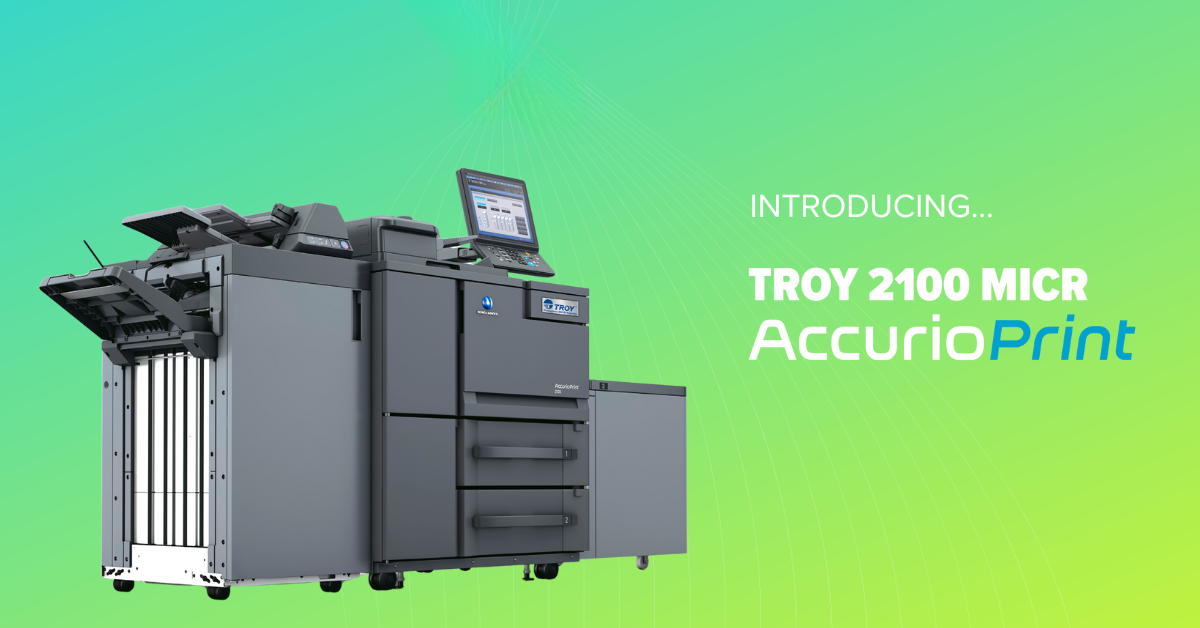Practical Considerations: Reasons for Use of Printed Prescriptions

In today's rapidly advancing healthcare landscape, the use of printed prescriptions persists despite the growing popularity of digital alternatives. This article delves into the reasons why medical facilities continue to rely on printed prescriptions, exploring the legal requirements, technological barriers, prescriber, and patient preferences, as well as accessibility and convenience factors that contribute to their continued use.
One significant reason for the continued use of printed prescriptions is the existence of legal and regulatory frameworks. Many regions have specific requirements regarding prescription formats, signatures, and documentation, which are often challenging to replicate electronically. Adhering to these standards ensures compliance, legal accountability, and the ability to provide tangible records for audits and investigations, thus reducing prescription printing costs.
Not all healthcare providers have access to the necessary technology infrastructure for implementing electronic prescription systems. Smaller practices or those with limited resources may face challenges in terms of hardware availability, software compatibility, or reliable connectivity. In such cases, printed prescriptions offer a viable solution, allowing healthcare providers to continue serving patients without compromising quality of care.
Interoperability remains a significant challenge in the healthcare industry, hindering the seamless exchange of electronic health information. Incompatibility between different electronic systems and limited connectivity between healthcare providers and pharmacies can impede the widespread adoption of electronic prescriptions. Printed prescriptions serve as a universal medium that ensures information exchange regardless of the systems in place, thus replacing locking trays in prescription printing.
Many healthcare professionals have been trained and have practiced prescribing using traditional paper-based methods. They are accustomed to the process of writing and signing prescriptions on paper, which provides a level of familiarity and confidence. Some healthcare providers may have limited exposure or training on electronic prescription platforms, leading them to prefer the traditional approach.
Patients' preferences play a vital role in the continued use of printed prescriptions. Some individuals feel more comfortable and secure with a physical prescription that they can personally present to the pharmacy. Concerns about privacy, trust in the security of electronic systems, and a desire for a tangible document contribute to their preference for printed prescriptions.
Using software to reduce prescription paper costs, printed prescriptions offer unparalleled accessibility and convenience for patients. They can be easily carried and presented at any pharmacy, irrespective of electronic health record (EHR) system compatibility or connectivity. In emergency situations or when immediate access to medication is crucial, printed prescriptions provide a reliable means to fulfill patients' needs promptly.
Transitioning from a paper-based system to an electronic prescription system involves significant changes in workflows, staff training, and infrastructure. Some medical facilities face challenges in managing this transition smoothly, including financial constraints, resource limitations, or resistance to change. As a result, they continue to rely on printed prescriptions to maintain continuity of care.
While the healthcare industry is gradually moving towards electronic solutions to improve efficiency, reduce errors, and enhance patient safety, printed prescriptions still hold their ground due to practical considerations. Legal requirements, technological barriers, prescriber and patient preferences, accessibility, and convenience factors all contribute to their continued use. Striking a balance between traditional and electronic approaches allows medical facilities to optimize prescription management, ensuring compliance, satisfying patient needs, and facilitating a seamless transition into the digital era of healthcare.
Related Posts

USPS To Temporarily Increase Prices This Fall
The U.S. Postal Service has announced a temporary price increase on select package services, effective October 5, 2025 through January 18, 2026.

5 Questions to Ask Before Growing Your Branch with Self-Service
If you're a banking executive or president of a small bank or credit union, you're likely researching ways to your organization can expand without breaking the bank on unnecessary..
Join our newsletter to stay up to date on features and releases.
Loading form...

Leave a Reply